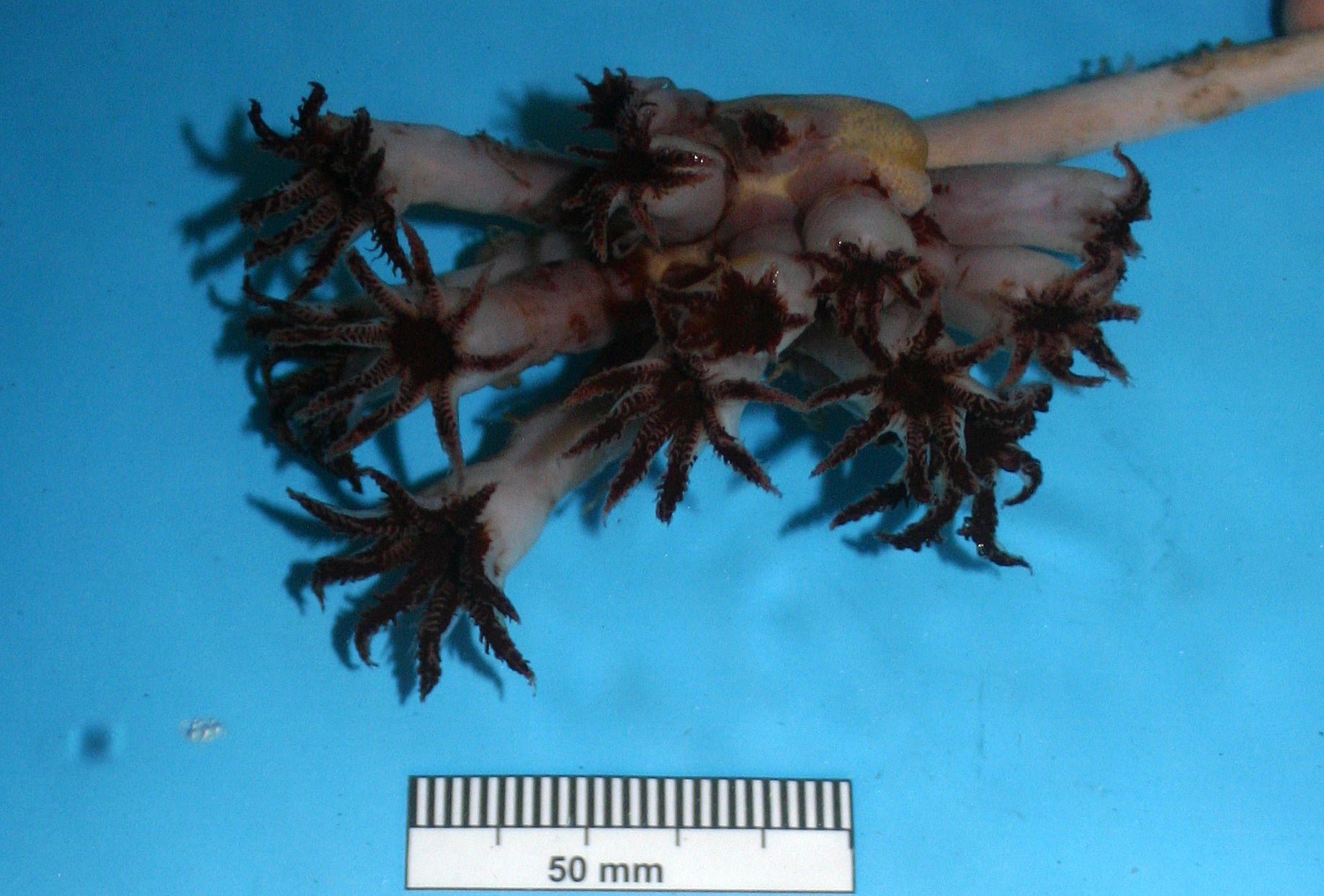New species of deepwater soft coral discovered west of Scotland
The new species has been formally named Pseudumbellula scotiae.

Your support helps us to tell the story
From reproductive rights to climate change to Big Tech, The Independent is on the ground when the story is developing. Whether it's investigating the financials of Elon Musk's pro-Trump PAC or producing our latest documentary, 'The A Word', which shines a light on the American women fighting for reproductive rights, we know how important it is to parse out the facts from the messaging.
At such a critical moment in US history, we need reporters on the ground. Your donation allows us to keep sending journalists to speak to both sides of the story.
The Independent is trusted by Americans across the entire political spectrum. And unlike many other quality news outlets, we choose not to lock Americans out of our reporting and analysis with paywalls. We believe quality journalism should be available to everyone, paid for by those who can afford it.
Your support makes all the difference.A new species of deepwater soft coral has been discovered in seas west of Scotland by Scottish Government scientists.
Specimens were recovered from the continental slopes and plains of the Rockall Trough at depths of up to 2,000 metres (6,561ft) over a period of almost a decade up to 2019.
They were preserved for analysis as coral or sea pens from the deep sea are known to be poorly understood and rarely encountered, and were initially thought to be part of a family of sea pens known as Umbellula.
The specimens were studied in collaboration with internationally renowned coral expert Dr Pablo Lopez-Gonzalez from the University of Seville, using a combination of traditional methods and cutting-edge genetic analysis.
This work suggests that sub-sea biodiversity is far more diverse than previously believed
Genetic results, backed by microscopic study of minute skeletal structures, revealed that the specimens are a new species and belong to a sea pen family completely new to science.
The new species has been formally named Pseudumbellula scotiae.
Mairi McAllan, Scottish Government Environment and Land Reform Minister, said: “This is an important and exciting discovery made by combining traditional and modern scientific techniques and I would like to congratulate the teams involved.
“This work suggests that sub-sea biodiversity is far more diverse than previously believed and demonstrates that international co-operation is vital to increasing our understanding of the natural world. I am delighted that Scottish Government marine scientists are playing a key role in this across the global arena.
“Scotland has some of the most beautiful and diverse marine ecosystems on the planet and we are committed to protecting and safeguarding them for future generations.
“Marine Protected Area (MPA) status is an important way to ensure protection of some of the most vulnerable species and habitats.
“Our MPA network includes sites for the protection of biodiversity and demonstrates sustainable management and covers around 37% of our seas – exceeding the new global target of 30% by 2030.”
The first part of the name given to the new species has been chosen due to its overall physical similarity to Umbellula, while the second part honours the contributions to science and conservation in deep waters made by the Scottish Government’s marine research Vessel Scotia.
The scientists were from the Scottish Government’s Marine Scotland directorate.
Pseudumbellula scotiae, the new species, is physically similar to Umbellula, and consists of a cluster of feeding polyps on the tip of a 50-70cm slender supportive stem which is anchored into the deep-sea mud by a muscular bulbous base.
There are many different species of Umbellula–like sea pens and they are found on deep sea plains and slopes around the world.